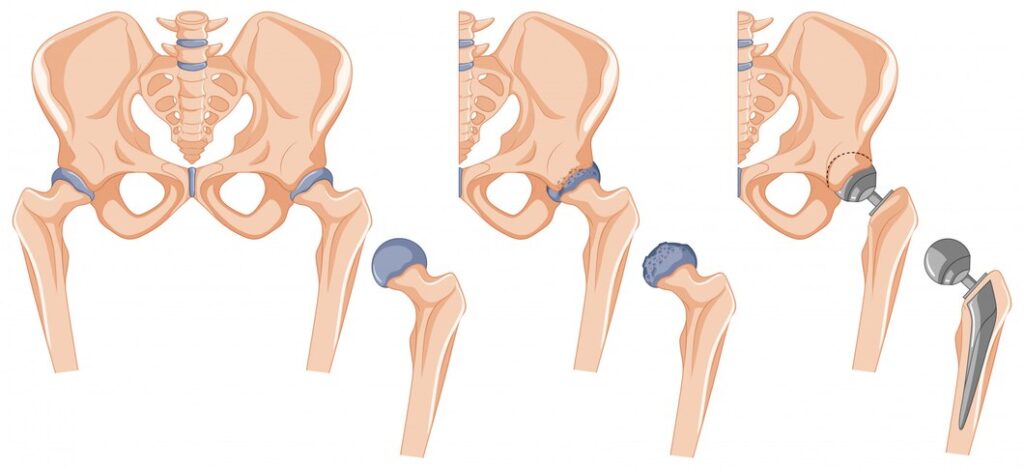Allen’s Test;

Introduction
The Allen test, originally described in 1929 by Edgar V. Allen, was a pioneering non-invasive method for evaluating arterial patency in patients with thromboangitis obliterans. Over time, this test evolved into the Modified Allen test (MAT), which efficiently assesses collateral circulation but necessitates testing one hand at a time, unlike Allen’s original simultaneous assessment of both hands.
As a first-line standard test, the Allen test plays a crucial role in evaluating arterial blood supply to the hand. It is routinely performed before procedures involving radial artery access, such as coronary artery bypass grafting or forearm flap elevation. Moreover, the Allen test is integral to diagnosing vascular abnormalities in the upper limb, including thoracic outlet syndrome (TOS).
In TOS, particularly vascular TOS, compression of the subclavian artery or vein within the interscalene triangle by hypertrophic scalene muscle bodies can occur, making the Allen test an essential component of the diagnostic work-up.
Understanding Modified Allen’s Test
At its core, the Modified Allen’s Test swiftly evaluates hand blood flow, emphasizing collateral circulation adequacy. The process entails temporarily occluding both radial and ulnar arteries while the patient clenches their fist. Subsequently, one artery release gauges blood flow return, shedding light on vascular hand health and averting ischemic complications.
Understanding Hand Blood Flow: The Clinical Anatomy
The human hand relies on a complex network of blood vessels to function properly. Let’s explore the key arteries involved:
Radial Artery: One of the main arteries in the hand, the radial artery, runs along the thumb side of the wrist. It supplies oxygen-rich blood to the hand, helping it perform tasks like gripping and writing.
Ulnar Artery: The ulnar artery is another crucial blood vessel in the hand, located on the pinky side of the wrist. It also delivers oxygenated blood to the hand, ensuring proper circulation and function.
Collateral Circulation: In addition to these main arteries, the hand has collateral blood vessels that provide backup circulation. These vessels play a vital role in maintaining blood flow if one of the main arteries becomes blocked or damaged.
The Allen’s Test and Hand Circulation
The Allen’s Test evaluates the health of these arteries and collateral circulation. By temporarily blocking the radial and ulnar arteries and then releasing one at a time, physicians can assess how quickly blood flows back into the hand. This helps determine if there are any issues with blood supply, which is crucial for procedures like surgeries or arterial blood gas sampling.
Indications:
- Pre-procedural Assessment: Crucial before arterial blood gas sampling, radial artery cannulation, or hand surgeries to prevent ischemic complications.
- Vascular Disorder Evaluation: Beneficial for patients with arterial occlusive diseases, peripheral vascular disorders, or traumatic hand injuries, assessing vascular compromise extent.
- Circulatory Health Monitoring: Essential in critical care settings to prevent complications associated with impaired blood flow during vascular access.
Step-by-Step Procedure
- Preparation: Patient explanation and cooperation assurance.
- Arterial Localization: Identifying and palpating radial and ulnar arteries.
- Compression: Simultaneous gentle pressure on both arteries, instructing fist clenching.
- Release: Gradual release of one artery’s pressure while monitoring blanching and blood flow return.
- Observation and Interpretation: Restoration of hand coloration within 5 to 15 seconds indicates adequate collateral circulation.
Interpretation of Results
- Normal Result: Prompt coloration return signifies robust collateral circulation.
- Abnormal Result: Delayed or incomplete return suggests compromised collateral circulation, requiring further evaluation.
Clinical Implications and Considerations
- Risk Assessment: Identifying patients at ischemic risk aids in procedural risk stratification.
- Procedure Planning: Tailoring approaches minimizes vascular compromise risk.
- Post-procedural Monitoring: Early detection enables timely interventions, mitigating adverse outcomes.
Conclusion
The Modified Allen’s Test epitomizes insightful diagnostic maneuvers, empowering healthcare professionals to safeguard vascular health and optimize clinical outcomes. As medical practices evolve, this test remains a timeless tool, embodying precision, efficiency, and patient-centric care.
Read more:

